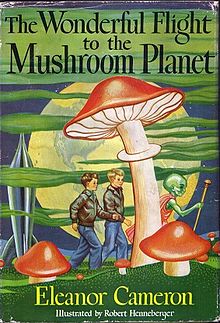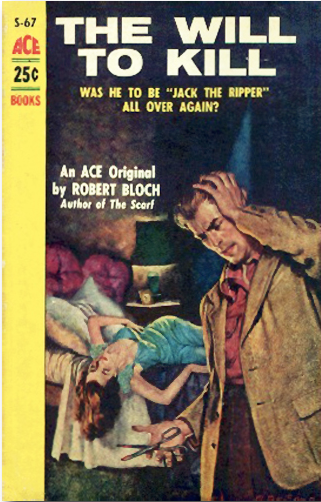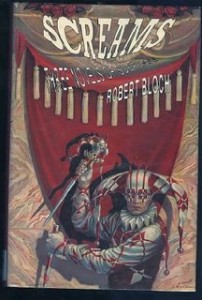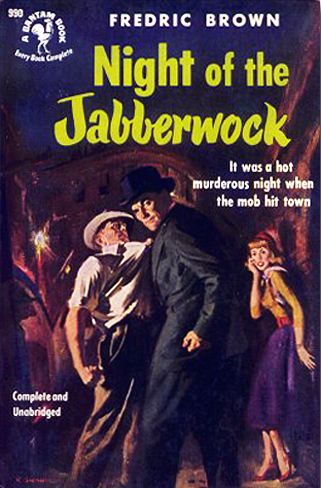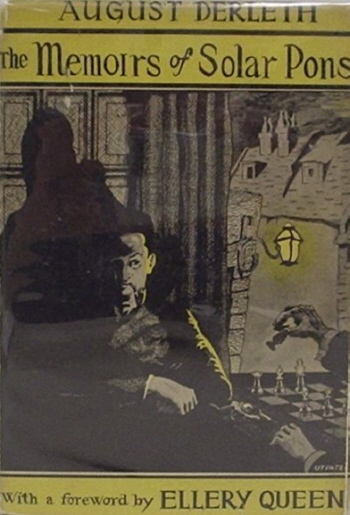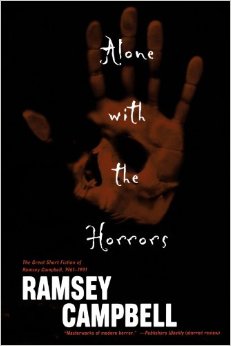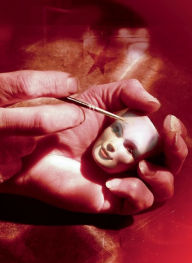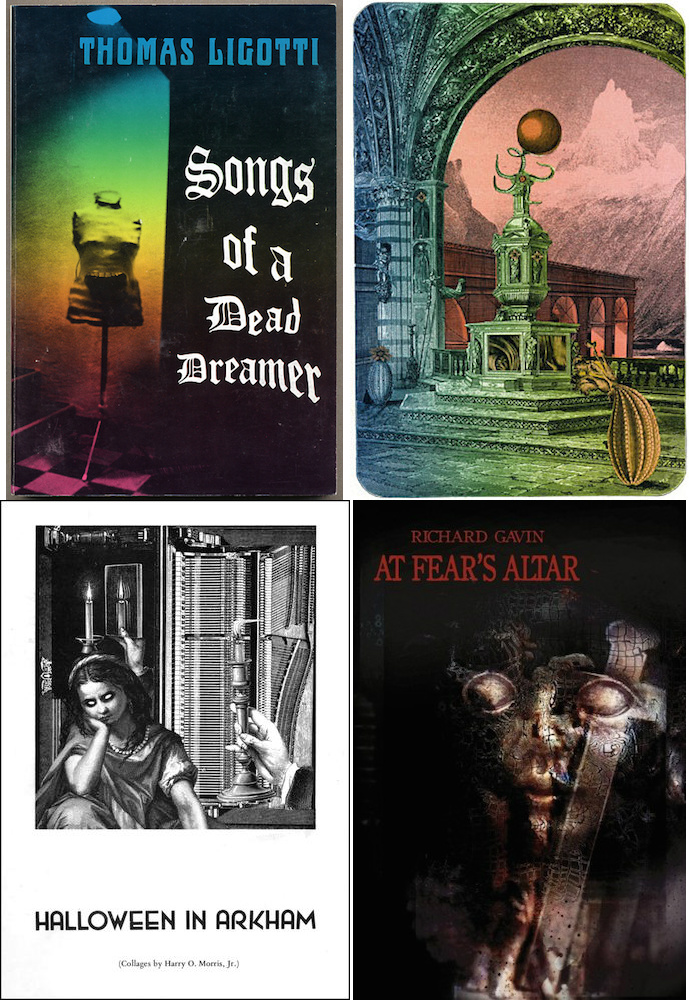
Alex Ross' Justice League Christmas was one contributor's holiday fave.
From Dickens’ classic A Christmas Carol to the recently released horror movie Krampus, the holiday season has long been a fertile source of material for creators of the fantastic.
Of course, many of us have favorite holiday-themed sf, fantasy and horror we turn to this time of year. As I posted on Monday, mine’s “The Chimney,” a 1975 short story by Ramsey Campbell that zeros in on childhood fears with chilling alacrity.
I decided to put the question to other authors and fans to see what books, stories, comics, movies and TV episodes bring them holiday cheer. While the results include a number of tried-and-true classics, many were new to me. I hope the list holds some surprises for you as well.
Happy holidays — and keep reading!
Patrice Sarath: Patrice Sarath is an author and editor living in Austin, Texas. Her novels include the fantasy series, Books of the Gordath (Gordath Wood, Red Gold Bridge and The Crow God’s Girl) and the romance The Unexpected Miss Bennet. She has been published by Penguin in the US and Robert Hale Ltd. in the UK. She is the author of numerous short stories that have appeared in magazines and anthologies.
The Lion, the Witch, and The Wardrobe when Narnia is under the White Witch’s thrall, and it’s always winter and never Christmas. I grew up in New England and used to go skating on a small pond in the woods, about a mile hike from the house. In the winter the pond would freeze and you could skate in and out among the trees, and the snow lay in billows on the ground. The only thing missing was a lamppost.
John Picacio: John Picacio is a two-time Hugo Award-winning illustrator of science fiction, fantasy, and horror. His works have illustrated the covers of books by Michael Moorcock, Harlan Ellison, Robert Silverberg, L.E. Modesitt, Jr., Dan Simmons, Joe R. Lansdale, Jeffrey Ford, Frederik Pohl, James Tiptree, Jr., Mark Chadbourn and many more.
DC Comics’ Justice League of America at Christmas / Artwork by Alex Ross. I’m not sure where this Alex Ross artwork first appeared, but it’s one of my favorite things he’s ever done. He’s illustrated more epic pieces, but I love the compact storytelling here. It’s Ross doing Norman Rockwell, and he’s doing it well. The circular composition moves your eye through the characters’ interactions. I’m not sure what Aquaman’s problem is, but he’s not the star here. Batman frames the composition and his outsider view tells you EVERYTHING you need to know about that character in one glance. Factor in his origin story and the image tugs your heart strings a bit — or at least mine. Even better yet — add in the way Superman is inviting him to join the merriment. It’s a hinge moment, framed by that mullion that cuts across the circle. Your imagination plays out whether Batman pops in for some eggnog or slips back into the shadows, spending another Christmas Eve bereft and alone atop a Gotham skyscraper.

- A Christmas Carol scored high for several contributors — both in written and celluloid form.
Renee Babcock: Renee Babcock is an avid reader who has been active in Texas fandom since 1999. She has chaired or co-chaired 4 ArmadilloCons, was the co-chair of the 2006 World Fantasy in Austin, and is the co-Chair of the 2017 World Fantsy to be held in San Antonio. She’s also currently on the Board of Directors of FACT, Inc.
I love the Dr. Who A Christmas Carol. I love the story for it’s theme of redemption, and this adaption is so wonderful, with its use of music, its pathos, and the joyful ending for him. For some reason I really connect with this adaptation on an emotional level.
Don Webb: Don Webb has written horror, science fiction and mysteries professionally since 1986. He was born in a hospital that was on Route 66. He has only been in one documentary about weapons grade plutonium (Youtube it: Plutonium Circus).
Ramsey Campbell’s “Christmas Present” is an unending grind. It begins harsh — just gets grimier. This shouldn’t work in a tale, but in Campbell’s masterful hands it does.
Nicky Drayden: Nicky Drayden is a Systems Analyst who dabbles in prose when she’s not buried in code. She resides in Austin, Texas where being weird is highly encouraged, if not required.
The Stupidest Angel has to be my go-to Christmas themed Horror-Comedy. I ran across it while browsing at Half Price Books, saw the title and the cute image on the cover, and was like “I need to read this!” It was my first introduction to Christopher Moore, and he has me hooked. What’s more fun than an angel who is so absolutely horrible at his job that he accidentally raises zombies and causes a Christmas party massacre? And I have to note, while we’re on the subject of Christopher Moore, Lamb is one of my all-time favorite reads, holiday themed or not. It chronicles the early life of Jesus as told by his best friend Biff. Not exactly genre, but if you ever thought the Bible could be spiced up by a generous helping of hilarity and sprinkling f-bombs on every other page, then this one is for you! Plus you get to find out what the H in “Jesus H. Christ” stands for.
Lee Thomas: Lee Thomas is the Lambda Literary Award and Bram Stoker Award-winning author of more than 20 books, including The Dust of Wonderland, In the Closet, Under the Bed, The German, Torn, Ash Street, Like Light for Flies and Butcher’s Road. Writing as Thomas Pendleton and Dallas Reed, he is the author of the novels Mason, Shimmer and The Calling from HarperTeen. He is also the co-author (with Stefan Petrucha) of the Wicked Dead series of books for young adults.
Every couple of years as Christmas approaches, I revisit Peter Straub’s Ghost Story. Though not technically a holiday-themed novel, the contemporary timeline of the book spans the holiday season. Brief scenes revealing the behavior of Milburn’s townsfolk in the days leading up to Christmas emphasize the desperation and claustrophobia of an isolated populace under siege by supernatural forces. The book is a wonderful read any time of the year, but particularly so when the nights are long and cold.
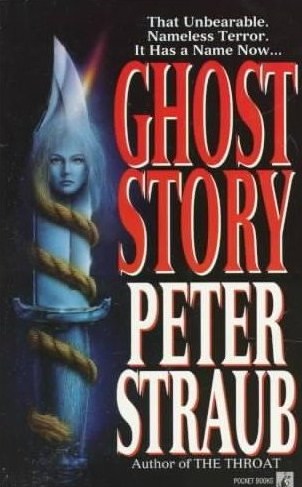
- Some like their holiday-themed lit darker than others, and Straub’s Ghost Story is very dark indeed.
Patrick Sullivan: Patrick Sullivan is a published short story author. A screenwriter who has been a finalist in AFF and Final Draft competitions, semi-finalist in many more. An abuser of software. A martial artist. A fanboy who has met Harlan Ellison several times and has not been yelled at once.
The first movie that comes to mind besides the obvious Gremlins, which is far darker than people might remember, is Rare Exports. First, Rare Exports is a Spielbergian horror/kids adventure set in Lapland, so it isn’t something you’ve possibly seen before. Second, it is satisfying and has a real sense of joy to it. The filmmakers clearly had a good time which makes it so fun for the audience.
Lawrence Person: Lawrence Person is a science fiction writer living in Austin, Texas, and owner of Lame Excuse Books.
I think I’m going to have to go with Arthur C. Clarke’s “The Star.” Which is ironic, since it’s more an anti-Christmas story. But nothing else has stuck in my memory nearly as well, with a true gut-punch in the final line.
Benjamin Cartwright: Benjamin Cartwright lives in Spokane, WA. His writing has appeared in Sentence, The Stinging Fly, Midwestern Gothic, Prick of the Spindle, and other fine places. He teaches at Spokane Falls Community College, though his past haunts include Tianjin (China), Topeka (Kansas), Lawrence (Kansas), Moscow (Idaho) and the underside of various railroad bridges.
Nothing recreates my abject, early-childhood terror of Santa Claus quite like the “Xmas Story” episode of Futurama. What strikes me, on re-watching the episode for about the 1,000th time this year, is how plausible it all still seems. Of course a robotic Santa Claus would turn murderous because of faulty programming. Of course the human population of the future would live in fear. The movie poster for Silent Night, Deadly Night (1984) I saw when I was seven created the nefarious Santa of my imagination, but the creators of Futurama gave it its best, most memorable, tangible form. Also, I love that John Goodman does the voice for the robotic Santa Claus. Ever since Barton Fink, his voice has given me chills when he’s playing an unhinged character.
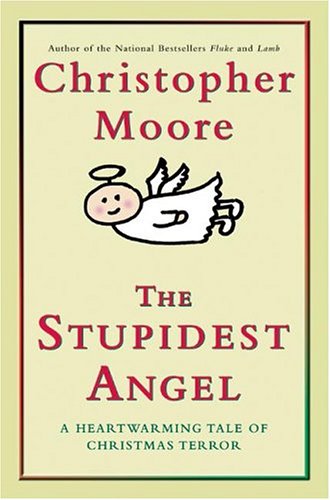
- The Stupidest Angel was a new one on me.
Scott A. Cupp: Scott A. Cupp is a writer from San Antonio who has been associated with the science fiction community for more than 40 years. He has been a regular reviewer at Mystery Scene magazine, where he reviewed western and horror novels, and at Missions Unknown blog, where he did columns on Forgotten Books and Forgotten Films. His most recent fiction, “Monikins of the Montgolfiers,” appeared in July 2015 in Story Emporium magazine.
This was a lot harder to answer than I initially thought. Would I go with music? I have bad memories of hearing the Bing Crosby Christmas album for many listens with my folks. Nope! Not going to be it. How about a film? I saw White Christmas when I was eight and loved it but that’s not going to be it. Other films – I could go all geek and say it isn’t Christmas until Hans Gruber falls off of Nakatomi Towers. Good choice or even the second Die Hard is also a Christmas film, and it has the wonderful scene where Bonnie Bedelia zaps William Atherton on the plane. Or I could talk about Santa Claus vs. the Martians. But, let’s not. How about comics? There’s the Batman story “Santa Claus: Wanted Dead or Alive,” which featured Frank Miller’s first Batman. No, that’s a little schmaltzy. How about the classics “Christmas on Bear Mountain,” which introduced the world to Carl Barks’ Uncle Scrooge McDuck. That’s pretty good. Or even the follow-up, “A Christmas for Shacktown,” which has great heart. Good choices both. But how about in the SF world? Connie Willis has done several great Christmas pieces. But, after much thought, it can only be Mr. Dickens’ A Christmas Carol. The original Scrooge finds the spirits of Christmas in a great ghost story that is so well done that everyone knows the story and still watches it. Instantly adaptable to whatever universe you work it into – the Muppets, Mr. Magoo, every cartoon or drama ever! “Marley was dead, to begin with!” Some of the most famous words ever written. And powerful too. So, for Christmas, go to the Dickens.
Joe McKinney: Joe McKinney, a two-time winner of the Bram Stoker Award, is an author in many genres, including horror, zombie apocalypse tales, ghost stories, virus thrillers, crime and science fiction. He has written 17 novels, developed two collections of short stories, created a tale for a comic book, and been both published in and edited numerous anthologies.
Well, I was going to say Die Hard, but you went and specified horror, science fiction or fantasy. Grrrr. I guess my second favorite would be a toss up between Henry James’ Turn of the Screw and the George C. Scott version of A Christmas Carol. Of the two, A Christmas Carol is obviously a Christmas themed tale, while Turn of the Screw is simply a frame story told on Christmas Eve, so I guess A Christmas Carol would have to win out. There have been lots of fine versions of the Charles Dickens classic, but George C. Scott brings is basically the human version of Grumpy Cat, and his screen presence is just perfect for the part of Scrooge. Also, and this is really what makes it, Scott is able to convey the essence of Scrooge’s redemption. He brings to life the fact that the book is not so much about fear of the grave, but fear that the heart may never love again. That’s why I like that version of the story so much.
Eugene Fischer: Eugene Fischer is a writer living in Austin, Texas. His latest novella, “The New Mother,” was named a best story of the year by io9, and has been optioned for television by Plan B Entertainment.
The two things that come to mind for me are both short stories. One is “Santa Claus vs. S.P.I.D.E.R.” by Harlan Ellison, a late 60s superspy romp that happens to star Kris Kringle as the free world’s most deadly secret agent. The other is “In The Late Decemeber” by Greg van Eekhout, a story that takes the grand human tradition of celebrating our resilience in the face of a long, cold winter to its logical conclusion by showing Santa’s struggle to spread cheer in an old, tired universe consumed by entropy.

